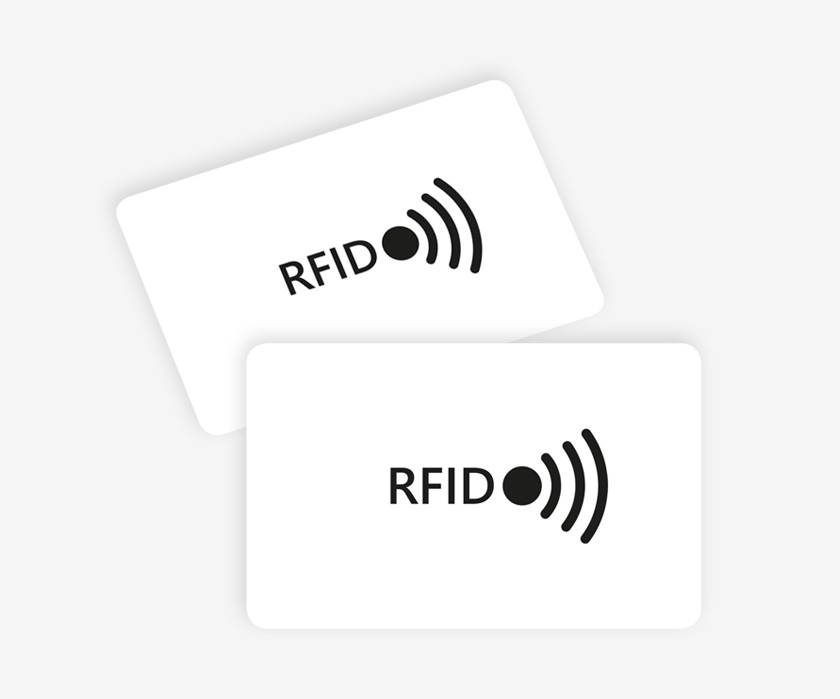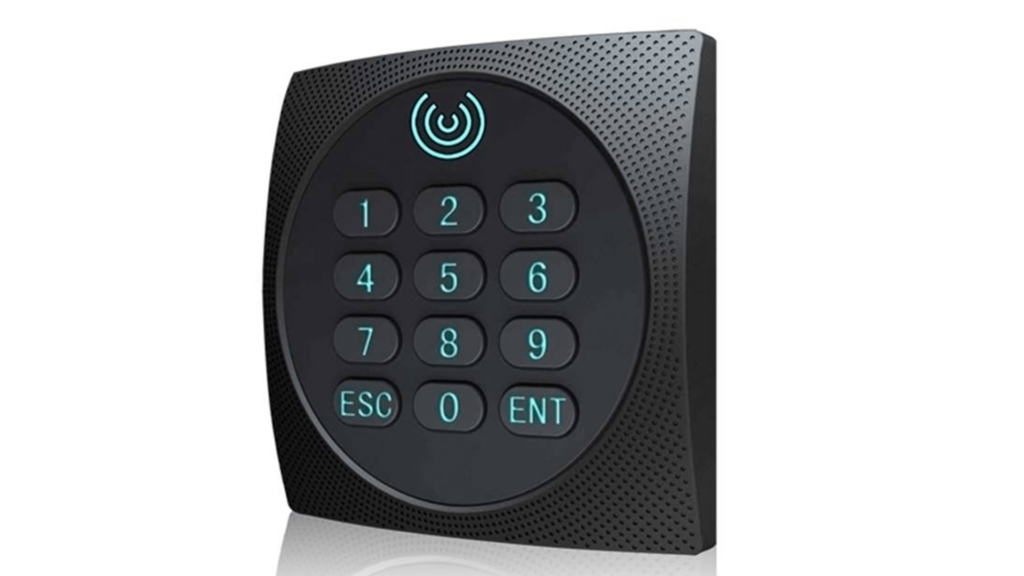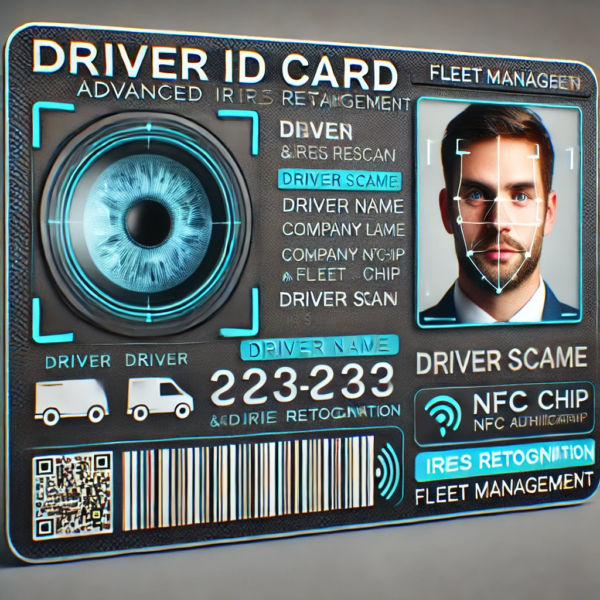In fleet management, identifying and tracking driver behavior is critical for security, accountability, and efficiency. Driver ID systems help fleet owners know who is operating each vehicle, prevent unauthorized usage, and streamline driver performance monitoring.
Several driver ID technologies are available, each with unique benefits and drawbacks. In this article, we compare five leading solutions, iButton, RFID, keypad, iris recognition, and software-driven authentication to help you make an informed decision.
1. iButton

How It Works:
iButton is a small, durable, battery-free device that drivers physically touch against a reader in the vehicle to authenticate themselves.
Pros:
- Reliable and Secure: Requires physical contact, reducing accidental or unauthorized logins.
- Durable: Designed for long-term use in harsh environments.
- No Battery Required: Eliminates the need for recharging or battery replacement.
Cons:
- Requires Contact: Drivers must physically touch the reader, which can be inconvenient.
- Risk of Loss or Theft: iButtons can be misplaced, lost, or stolen, requiring replacements.
- Limited to One Driver per Key: No multi-user login without additional accessories.
2. RFID (Radio-Frequency Identification)

How It Works:
RFID tags allow drivers to authenticate themselves wirelessly by scanning a key fob or card near a reader.
Pros:
- Contactless Operation: Eliminates wear and tear associated with physical contact.
- Fast and Convenient: Quick authentication without fumbling with keys.
- Multi-Driver Support: Can be easily issued to multiple drivers.
Cons:
- Susceptible to Misuse: RFID signals can be copied or intercepted.
- Loss or Theft: Like iButtons, RFID tags can be lost or stolen.
- Limited Range: Drivers must be close to the scanner, which may not be ideal in all vehicles.
3. Keypad Authentication

How It Works:
Drivers enter a unique PIN code on a keypad to gain access to the vehicle or log their identity.
Pros:
- No Physical Device Needed: Reduces the risk of lost or stolen keys/cards.
- Customizable Codes: Fleet managers can assign and change PINs remotely.
- Cost-Effective: Simple and inexpensive to implement.
Cons:
- Easier to Share Codes: Unauthorized drivers can use someone else’s PIN.
- Slower Login Process: Entering a PIN takes longer than using an RFID or iButton.
- Wear and Tear: Keypads can degrade over time, especially in harsh conditions.
4. Iris Recognition

How It Works:
A biometric camera scans the driver’s iris for authentication, ensuring the right person is behind the wheel.
Pros:
- Highly Secure: Unique to each driver, making spoofing nearly impossible.
- No Physical Contact: Reduces wear and contamination.
- Fast and Accurate: High precision in authenticating drivers.
Cons:
- Expensive: High initial costs make it impractical for many fleets.
- Requires Specialized Hardware: Not all vehicles can support biometric scanning.
- Lighting Conditions: Performance may be affected by lighting and camera positioning.
5. Fingerprint Tag ID

How It Works:
Drivers place their finger on a scanner in the vehicle, which verifies their identity through fingerprint recognition.
Pros:
- Biometric Security: Unique and difficult to fake, offering strong authentication.
- No Cards or Codes Required: Eliminates the need for external devices or remembering PINs.
- Quick Access: Fast login with a single touch.
Cons:
- Sensitive to Dirt or Moisture: Dirty or wet fingers can lead to failed scans.
- Maintenance Required: Sensors can get dirty and require regular cleaning.
- Privacy Concerns: Some drivers may be uncomfortable with biometric data collection.
Conclusion
Choosing the right driver ID technology depends on your fleet’s needs, budget, and security requirements.
- For reliability and durability, iButton and RFID are solid choices.
- For security-conscious fleets, iris recognition offers the best protection.
- For cost-effectiveness and ease of implementation, keypad authentication is ideal.
- For digital-first fleets, software-driven solutions provide scalability and real-time updates.
Investing in a well-tested driver identification system while using a reliable fleet management platform will ensure smoother fleet operations, reduced risks, and better accountability.
Looking for a GPS tracking platform open to muliple driver ID options for your fleet? Contact us today to explore the best solutions tailored to your business needs!